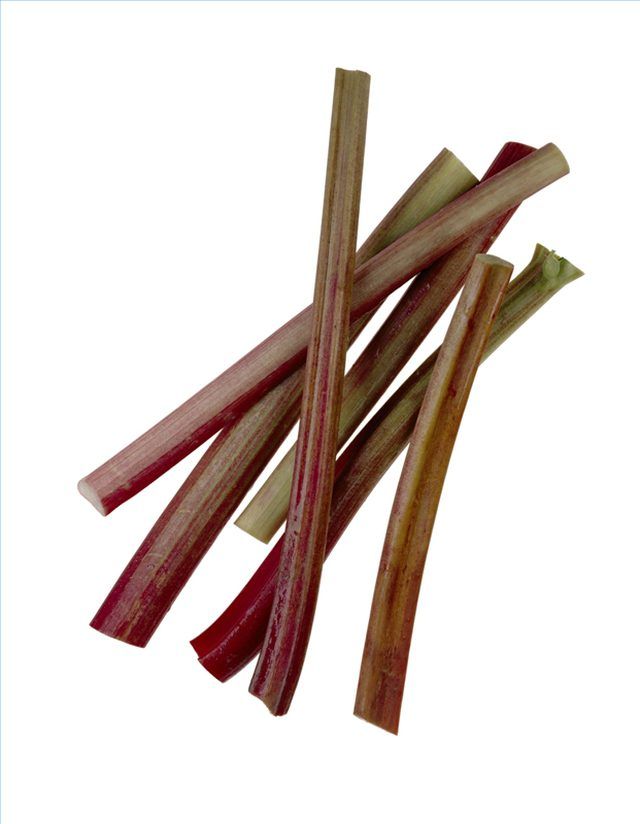Bulbs
Flower Basics
Flower Beds & Specialty Gardens
Flower Garden
Garden Furniture
Garden Gnomes
Garden Seeds
Garden Sheds
Garden Statues
Garden Tools & Supplies
Gardening Basics
Green & Organic
Groundcovers & Vines
Growing Annuals
Growing Basil
Growing Beans
Growing Berries
Growing Blueberries
Growing Cactus
Growing Corn
Growing Cotton
Growing Edibles
Growing Flowers
Growing Garlic
Growing Grapes
Growing Grass
Growing Herbs
Growing Jasmine
Growing Mint
Growing Mushrooms
Orchids
Growing Peanuts
Growing Perennials
Growing Plants
Growing Rosemary
Growing Roses
Growing Strawberries
Growing Sunflowers
Growing Thyme
Growing Tomatoes
Growing Tulips
Growing Vegetables
Herb Basics
Herb Garden
Indoor Growing
Landscaping Basics
Landscaping Patios
Landscaping Plants
Landscaping Shrubs
Landscaping Trees
Landscaping Walks & Pathways
Lawn Basics
Lawn Maintenance
Lawn Mowers
Lawn Ornaments
Lawn Planting
Lawn Tools
Outdoor Growing
Overall Landscape Planning
Pests, Weeds & Problems
Plant Basics
Rock Garden
Rose Garden
Shrubs
Soil
Specialty Gardens
Trees
Vegetable Garden
Yard Maintenance
How to Grow Rhubarb
How to Grow Rhubarb. Rhubarb is one of the few perennial vegetables. It favors cool climates, but in territory it likes (USDA zone 8 and colder) it's easy to care for. A well-fed clump will keep you in pies, cobblers and muffins for 20 years or more.

Rhubarb is one of the few perennial vegetables. It favors cool climates, but in territory it likes (USDA zone 8 and colder) it's easy to care for. A well-fed clump will keep you in pies, cobblers and muffins for 20 years or more.
Things You'll Need
Compost Makers
Fertilizers
Garden Spades
Garden Trowels
Mulch
Plants
Seeds
Shovels
Purchase started rhubarb plants if you can find them, but most nurseries and catalogs offer crowns, or divisions (clumps of roots, each clump with one or more "eyes," or buds). Rhubarb is rarely planted from seed. Keep the crowns in a cool place until you have time to plant them.
Plant rhubarb in early spring, as soon as you can work the ground. In mild climates, plant in the fall.
Grow rhubarb where you won't need to disturb it for a couple of decades and where the soil is fertile and well drained. Rhubarb planted in heavy clay can rot before it sprouts. Choose a site in full sun for the most prolific harvests (but rhubarb will grow in partial shade). It will tolerate a pH as low as 5.3, but its ideal range is 6.0 to 6.8.
Prepare the planting bed well (remember, this is a permanent bed; you won't be tilling it and replenishing the nutrients every year). Dig deeply and add plenty of organic matter.
Dig a trench at least two feet across and just as deep if you're planting more than one crown. For a single plant, dig a hole at least two feet in diameter and the same depth. Then partially refill the trench or hole with a 50-50 mixture of soil and compost or well-rotted manure.
Allow at least three feet between plants. For each plant, make a mound of soil, then set in the crown and spread the roots down over the sides of the mound. Add the remainder of the soil so that the buds are one to two inches below the surface, and lightly firm it. (Set crowns a little deeper in sandy soil.)
Mulch heavily with grass clippings, shredded leaves or compost as soon as the first shoots emerge, and make sure new plants get at least an inch of water a week.
Remove seed stalks as soon as they appear; once the plant starts producing them it stops producing leaf stalks. (Seed stalks will start forming later in the summer; they're tall, thick and round - very different in appearance from the edible leaf stalks.)
Top-dress the bed with compost or well-rotted manure in late autumn, after the plants have died back. Top-dress again in the spring, and every fall and spring thereafter.
Refrain from harvesting any rhubarb the first year, but do keep the flower stalks clipped off. The second year, in early spring, harvest a few leaf stalks (also known as petioles) that reach the thickness of a finger, but leave most of them on the plant; they're essential for good root development.
Harvest as many finger-size petioles as you want from the third year on.
Tips & Warnings
Rhubarb's good looks make it a great addition to a deck or patio. Use a container at least 24 inches wide and deep and with good drainage. (A half whiskey barrel with holes drilled in the bottom is ideal.) Fill it with a half-and-half mixture of high-quality potting soil and compost or well-rotted manure. Water often and feed every two weeks with compost or manure tea.
Rhubarb is about as trouble-free as a plant can get. Mulching to keep weeds at bay will discourage two of its potential pests, rhubarb curculio and potato stem borer. Mites, which can attack the leaves in hot, dry climates, are usually kept under control by their natural predators: lacewings, ladybugs and predatory thrips (all of which will show up if you don't use pesticides). If the good guys don't appear on the horizon, you can send the mites packing with a spray from the garden hose.
The roots and leaves of rhubarb are lethal to humans. Don't eat anything but the leaf stalks.